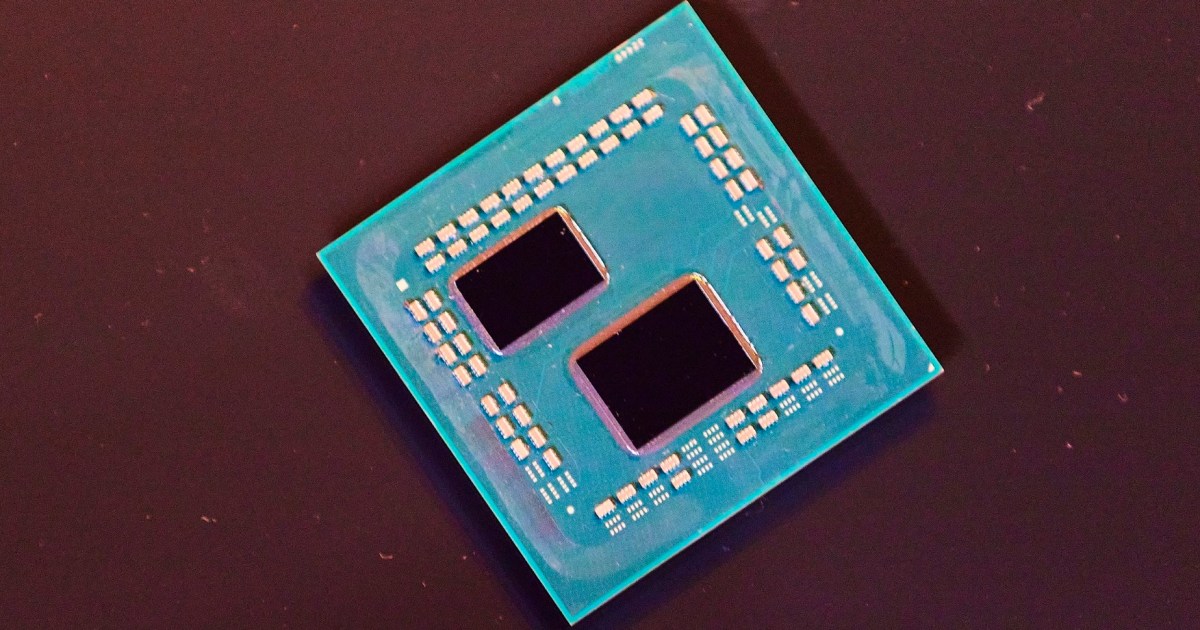AMD’s 7800X3D and 7950X3D hold the top spot in CPUs for gaming, not because they have the most cores or the highest clock speeds, but because they have the most cache. But what is CPU cache, anyway? It’s a small quantity of super-fast, rapid-access memory built into the chip itself, helping it get the data it needs for operations at blazing speed.
The returns aren’t linear, though — there’s a reason the 7950X3D doesn’t have additional cache on all of its cores. In fact, there are some downsides to having lots of extra cache to work with, even if it does help push up gaming performance. Here’s everything you need to know about CPU cache.
What is CPU cache?
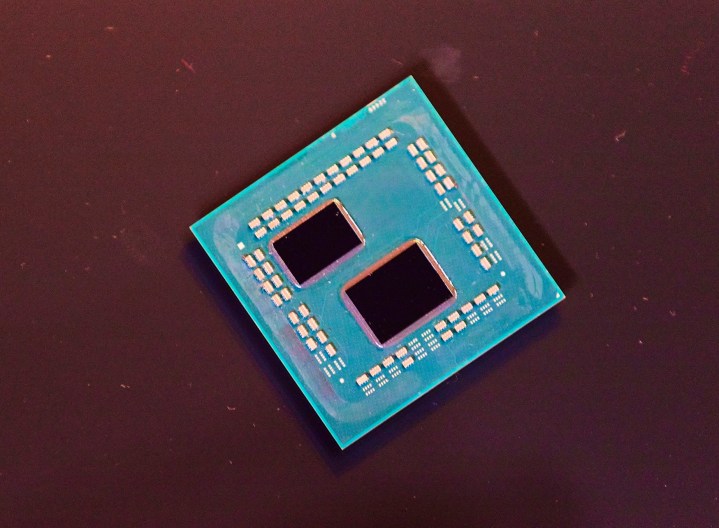

Get your weekly teardown of the tech behind PC gaming
But why is cache necessary if we already have fast SSD storage, and even faster RAM? It’s all about performance. In the 1990s, RAM speed wasn’t keeping pace with CPU needs, presenting a problem for CPU designers. The solution was to add local cache to the chips themselves.
Although cache has limited capacity compared to RAM, its high speed makes up for it. The only downside is that it’s expensive to pack memory into a tiny chip, so it’s typically not been used in larger quantities. With 3D V-Cache, however, AMD found a way to make it work, and now we have higher-performing game chips to show for it.
How does cache work? L1, L2, L3 explained
The mainstream adoption of cache resulted in more nuanced implementations of cache and RAM until we ended up with the memory hierarchy, with cache at the top, RAM in the middle, and storage at the bottom. This tiered approach allows critical data for the CPU to be physically closer to the processor, reducing latency and helping your PC feel snappy.
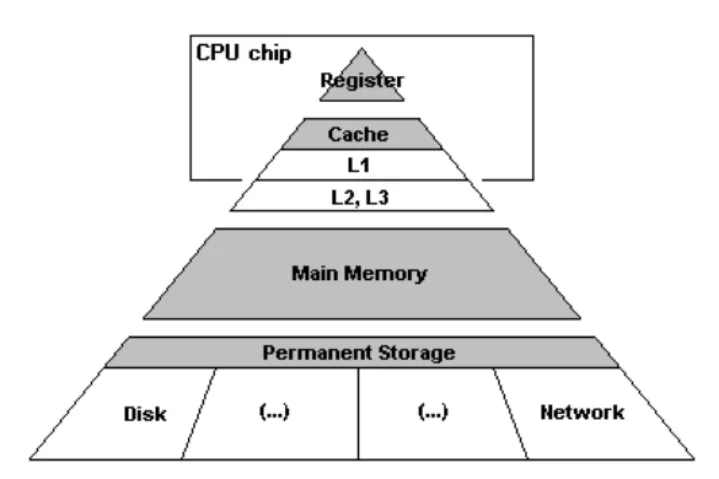
Cache has its own hierarchy, or cache levels, which are split into L1, L2, and L3 cache. These are all kinds of cache, but they perform slightly different functions.
L1 cache is the first level of cache and also the smallest, usually divided into L1 instruction or L1i and L1 data or L1d. Each core within a CPU has its exclusive chunk of L1 cache, which is usually only a few kilobytes large. The kind of data stored in L1 cache is stuff that the CPU just used or expects to use imminently. If the CPU needs data that isn’t in the L1 cache, it goes to the next level: L2.
Like L1 cache, L2 cache is often exclusive to a single CPU core, but in some CPUs, it’s shared between multiple cores. It’s also much, much larger; for example, each P-core in the Core i9-12900K has 80 kilobytes of L1 cache, as well as 1.25 megabytes of L2 cache, nearly 16 times as much. However, larger caches have higher latency, which means it takes more time for communication to happen between the CPU core and the cache. When CPUs want to accomplish things in a matter of microseconds or even nanoseconds, the slightly higher latency of L2 cache does matter. If a CPU can’t find requested data within L2 cache, it asks the next level: L3.
L3 cache is a big deal: It’s shared between some or all cores within a CPU, and it’s big. The 7950X3D, for example, has 128MB of L3 cache with its bolted-on 3D V-Cache, while it only has 16MB of L2 cache. The latency of L3 cache is even worse than L2, but having a large L3 cache is really important to prevent the CPU from needing to ask the RAM for needed data. Except for storage, RAM has the worst speed and latency in the memory hierarchy, and whenever the CPU needs to access the RAM for required data, things can grind to a halt.
Some CPUs even have L4 cache, but it usually functions as RAM that’s on the CPU package. Some of Intel’s first 14nm CPUs based on the Broadwell architecture included 128MB of embedded DRAM, and the company’s Sapphire Rapids server CPUs can come with HBM2, which is kind of used like an extra level of cache.
Does CPU cache matter for gaming?
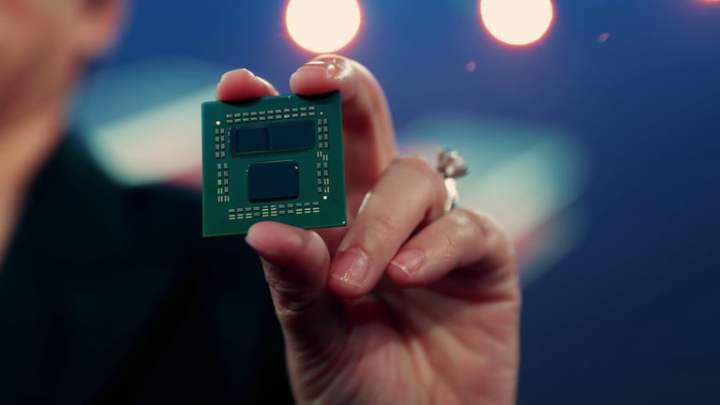
Cache is so important for gaming because of how games are designed today. Modern games have a lot of randomness, which means that the CPU constantly needs to execute simple instructions. Without enough cache, your graphics card is forced to wait on your CPU as the instructions pile up and cause a bottleneck. You can see an example of how much of a difference that makes with AMD’s 3D V-Cache technology in the CPU performance graph in gaming below.
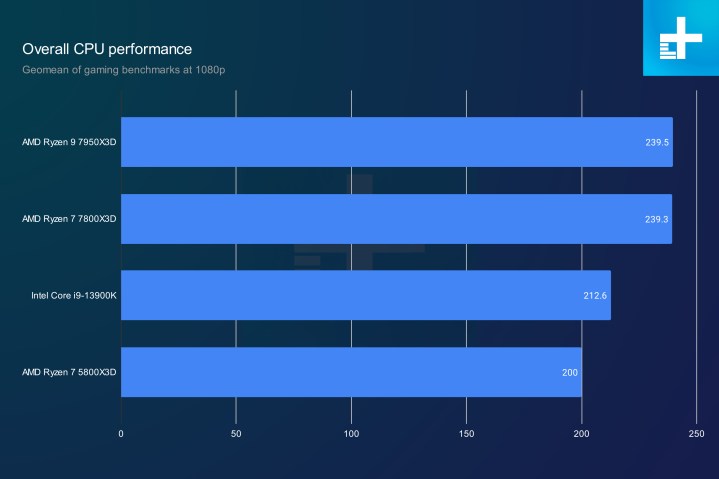
We’ve seen a trend toward more cache for gaming in recent years. AMD has been increasing its CPU cache quantities for years, and doubled down with its 3D V-Cache technology on the Ryzen 7 5800X3D and its successors in the Ryzen 7000 generation
Intel has been playing catch-up with AMD, and its latest generation CPUs have more cache than ever before, helping them remain competitive in gaming. It seems likely that cache quantities will continue to rise in the coming years, further pushing gaming performance limits.
Editors’ Recommendations

